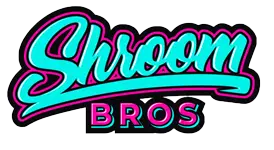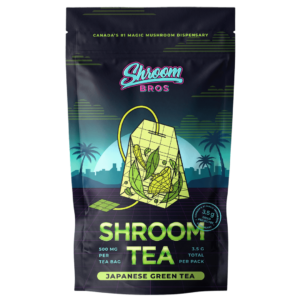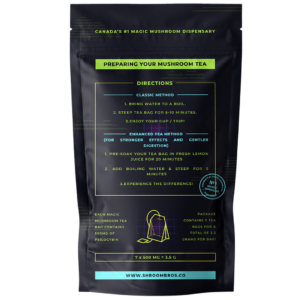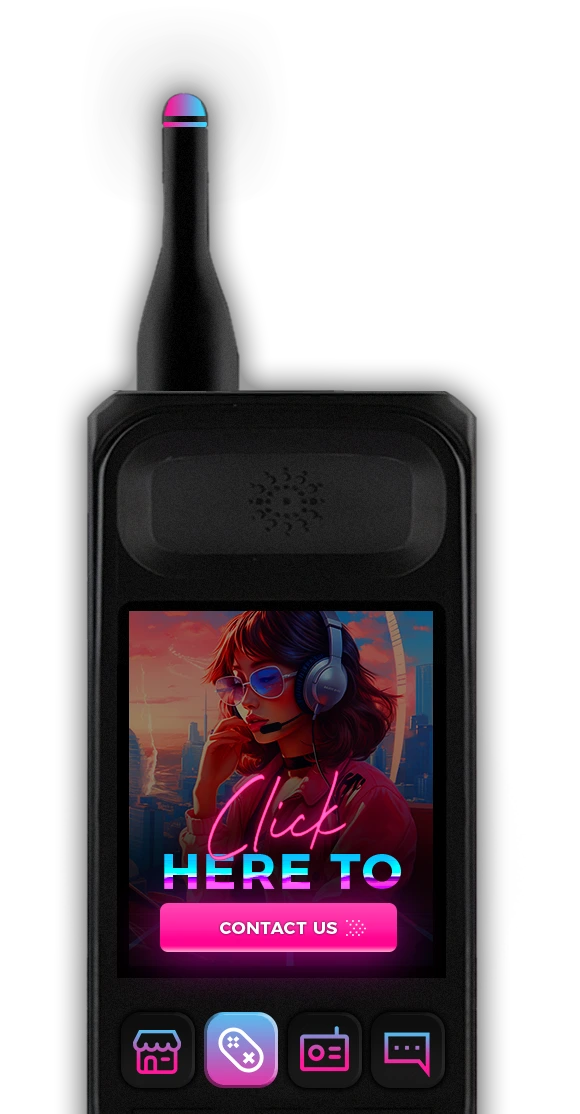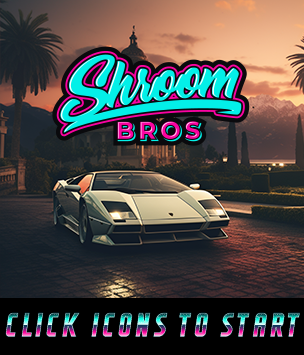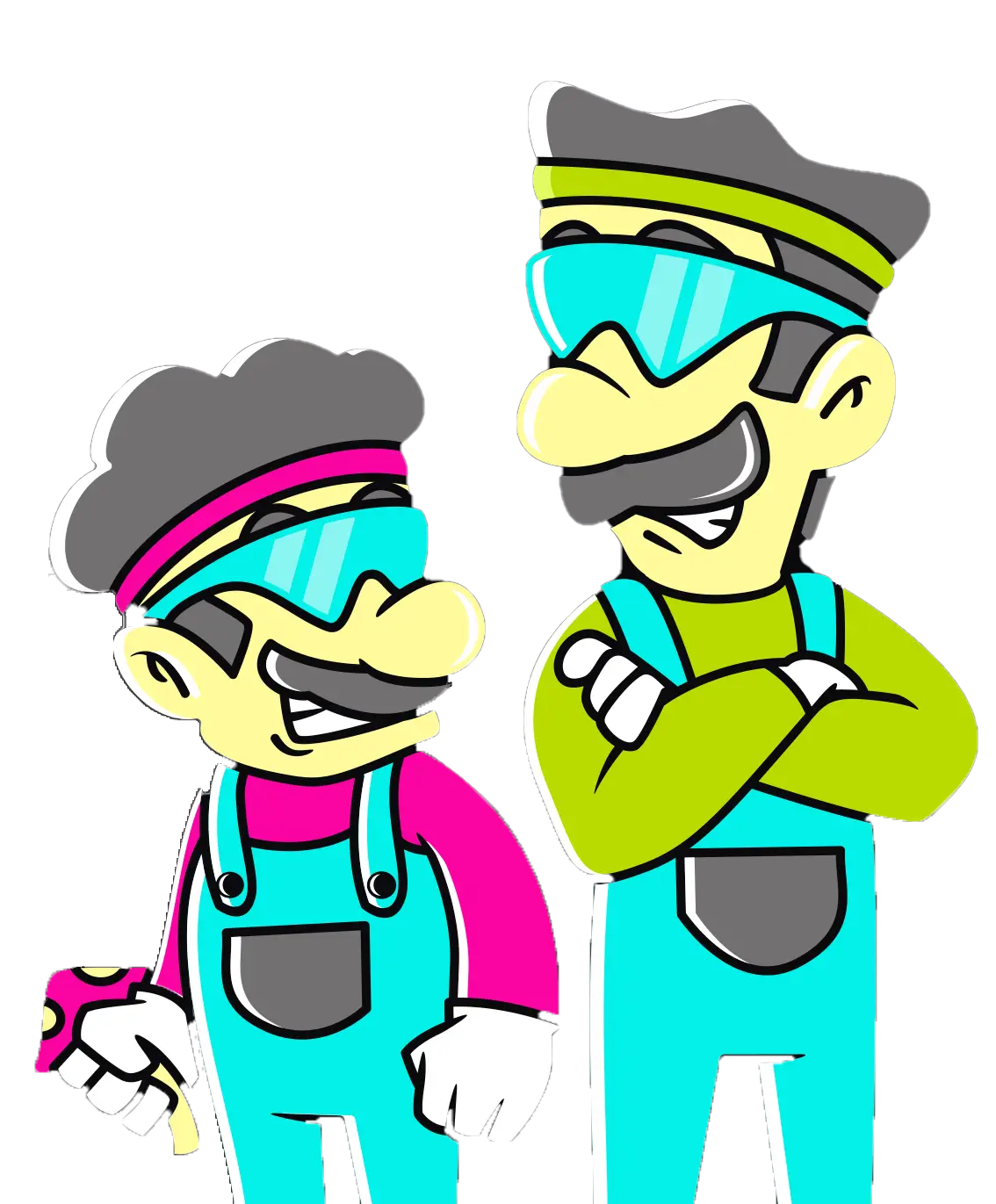Psychedelics are having a moment. But not in the party-scene sense—in the wellness world, the underground therapy community, the solo seekers turning inward with curiosity and care. Psilocybin, the active compound in magic mushrooms, is at the center of it all. And among the many ways people choose to consume it, one method is gaining popularity for good reason: shroom tea.
Mushroom tea isn’t new. Indigenous cultures have long brewed psychoactive plants into ceremonial drinks. But in modern circles, it’s getting attention for a simple reason: it makes the experience smoother, more comfortable, and often more meaningful.
Eating dried mushrooms can be rough. They taste bad, can hit hard and fast, and often cause stomach discomfort. Tea, on the other hand, offers a gentler way in. You still get the core benefits of psilocybin—insight, emotional clarity, connection—but with fewer of the drawbacks.
In this post, we’ll explore the real benefits of shroom tea. Not hype, not fantasy—just what it actually does better than eating whole mushrooms. If you’re new to psychedelics, or just looking for a better way to engage with them, this breakdown is for you.
1. Smooth Onset and Gentler Experience
One of the biggest complaints people have about eating mushrooms is how intense the onset can be. You chew dry caps and stems, your stomach turns a little, and 30–45 minutes later the wave hits—sometimes hard.
Shroom tea softens that ride.
The hot water extraction process breaks down the psilocybin and psilocin (the active compounds), making them easier for your body to absorb. Instead of having to digest the mushroom material, your system starts processing the alkaloids directly from the liquid. That leads to a smoother, more gradual come-up.
This slower climb changes the tone of the trip. The transition from baseline to altered state feels less jarring. You’re less likely to be caught off guard by a sudden emotional wave or a strong body load. For many, the experience feels cleaner—like easing into a bath instead of being thrown into cold water.
Another plus? Tea makes it easier to control your dose and pace. You can drink it slowly, over 10–20 minutes, even splitting your cup into two servings to ease in gently. That pacing helps reduce anxiety for first-timers or anyone who prefers to stay in the shallow end before diving deep.
2. Digestive Relief
Mushrooms, even non-psychedelic ones, are hard to digest. That’s because they contain chitin, a tough, fibrous substance that gives fungi their structure. Your body can’t break chitin down easily—especially not in its dried form.
When you eat whole magic mushrooms, your digestive system has to work overtime to process all that fibrous matter. That’s a big reason why nausea is such a common side effect.
Shroom tea fixes that.
When you brew the mushrooms, you’re steeping out the active compounds, but leaving most of the chitin behind. That means you get the effects without the bulk. The result? Way less nausea, bloating, or GI discomfort.
People with sensitive stomachs often find that tea is the only way they can take mushrooms without feeling sick. Even those who’ve had bad experiences with mushroom-induced nausea in the past report much better results when switching to tea.
And if you really want to play it safe, you can add anti-nausea herbs like ginger or peppermint to your brew. That not only helps your gut—it tastes a lot better, too.
3. Fast Absorption
If you’re short on time—or just don’t want to commit to a long, unpredictable trip—shroom tea gives you more control.
Because your body absorbs the psilocybin faster in liquid form, tea typically kicks in within 15–30 minutes. That’s nearly half the time it takes when you eat dried mushrooms.
This quicker onset has two advantages:
-
You know what you’re getting into sooner. No more waiting around wondering if the dose was too much or too little.
-
It shortens the overall trip duration. That can be useful for people who don’t want to spend an entire afternoon in altered states, especially during microdosing or intentional self-reflection.
Fast absorption also means it’s easier to stack your dose—taking a little more later if needed. With eating whole mushrooms, that timing is harder to manage, and redosing can be unreliable. With tea, it’s much more predictable.
4. Customizable Potency and Flavor
One of the biggest upsides to shroom tea is that you can make it your own.
Let’s start with potency. By controlling how long you steep the mushrooms—and whether you grind them, lemon-tek them (more on that in a sec), or boil the water versus just letting it steep—you can fine-tune the strength of your brew.
Want to intensify the experience? Try lemon tekking: soaking the ground mushrooms in lemon juice before adding hot water. The acidity helps convert psilocybin into psilocin, the compound your brain actually uses, which can lead to a quicker, more intense experience.
Want a gentler ride? Skip the lemon, use cooler water, steep briefly, and add calming herbs like chamomile or lavender. You can even split your dose into two separate teas—one for the initial come-up, one for the mid-trip.
Then there’s flavor. Dried mushrooms are notoriously unpleasant. Tea, on the other hand, can taste pretty good. Add honey, lemon, ginger, mint, turmeric, cinnamon—whatever fits the vibe. Not only do these improve taste, but many also support digestion and reduce anxiety.
This makes the ritual of preparing and drinking shroom tea more enjoyable, less like choking something down just to get high.
5. Easier Integration Into Rituals
One of the underrated benefits of shroom tea is how well it fits into ritual, routine, or intention-setting.
Tea is familiar. It’s something many of us already associate with mindfulness, rest, reflection. That makes it a perfect medium for intentional psychedelic use.
Whether you’re doing a solo inward journey, a microdose meditation, or a ceremony with close friends, tea gives you a centerpiece for the experience. You can slow down, breathe, set an intention, and sip. That pause before drinking can become its own meaningful moment.
This kind of integration—blending psychedelics into meaningful practices—is something many experienced users value deeply. The container matters as much as the compound. And tea helps shape that container.
Even socially, shroom tea works well. Instead of everyone chewing dried stems and awkwardly waiting for liftoff, you’re sharing a pot of something warm and soothing. It feels less clinical, more communal.
6. Ideal for Microdosing
Not everyone wants a full trip. For those exploring microdosing, shroom tea offers a convenient, consistent method.
You can brew a large batch, calculate the total dose, and store it in the fridge in small containers. This makes it easy to measure and dose out small amounts over days or weeks. It’s cleaner and more precise than trying to weigh out fractions of dried mushrooms.
Tea also blends easily into morning routines. Instead of popping a capsule or chewing a stem, you just sip a little bit of your microdose tea—maybe alongside your coffee or meditation practice.
It’s also easier on the stomach, which matters when you’re microdosing regularly. The minimal body load means you can get the benefits—like focus, mood lift, or creativity—without the fog or fatigue.

7. Less Intimidating for Newcomers
For a lot of people, psychedelics are scary. Especially the first time.
Shroom tea offers a softer entry point.
Something about tea—the warmth, the ritual, the comfort of sipping—makes the experience feel less foreign. Instead of biting into dry, musty mushrooms that look like something from a compost bin, you’re drinking a cup of herbal tea. That alone can reduce resistance and anxiety.
Physically, tea tends to bring less intense visuals and more of a body-centered, emotional experience. That’s not true for everyone, but many report feeling more grounded and less overwhelmed compared to eating whole mushrooms.
It’s also easier to pause. If halfway through drinking your tea you realize you’re not ready for a full dose, you can stop. You’re not committed to everything in your stomach.
That flexibility and familiarity make tea a great option for people who are curious, but cautious.
8. Taste and Texture
Let’s be real—mushrooms taste bad. Not just bad, but bad in a weird, moldy, earthy way that sticks around in your mouth.
Shroom tea sidesteps all that.
You’re not chewing anything. You’re not trying to swallow dusty stems or fight your gag reflex. You’re sipping a warm drink—one you can flavor however you want.
Strain the tea through cheesecloth or a fine mesh, and the texture becomes smooth. Add some honey or lemon, and suddenly it’s enjoyable. You might even forget you’re drinking a psychedelic brew.
And when something tastes good, your mindset improves. You’re more relaxed, less bracing for impact, and more open to what’s coming. That simple shift in mood can ripple through the entire experience.
Conclusion
Psilocybin has power. It can open doors, shift perspectives, help people heal or connect or simply feel more alive. But how you take it matters. And that’s where shroom tea stands out.
It’s not just about avoiding nausea or masking taste. It’s about creating a better, more intentional experience. Tea offers smoother onset, faster absorption, less stomach upset, and a more customizable, grounded vibe. It’s easier to microdose, simpler to share, and more inviting for newcomers.
For many, it’s the sweet spot—potent, but gentle.
If you’re exploring psychedelics as a tool for growth, creativity, or clarity, give tea a try. Respect the substance, respect the process, and let the ritual guide you.
Sometimes the best way to go deep… is to start with a simple cup of tea.
